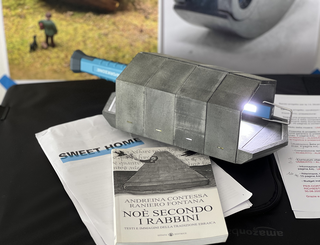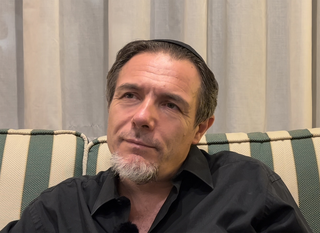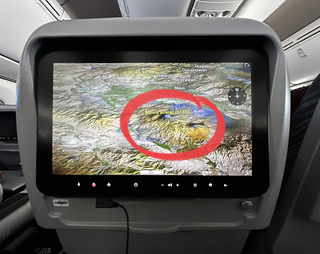Noah knows that it's now too late to argue with his neighbors, so he immediately gets to work
The story of Noah's ark is one of those biblical tales that is, in fact, quite dreadful but fascinating for various reasons. While children are captivated by the colorful array of animals and the romantic notion of a boat floating above waters covering the entire earth, adults might find it a bit amusing to consider this wrathful God who threatens to (and then actually does) wipe out all of humanity, saving only a six-hundred-year-old man, his family, and the animals.
The biblical narrative puts us in a position to imagine a potential disruption of the Earth's ecosystem.
The Bible doesn't consider the natural fate, but it deals with human responsability.
Ma la terra era corrotta davanti a Dio e piena di violenza. Dio guardò la terra ed ecco, essa corrotta, perché ogni uomo aveva pervertito la sua condotta sulla terra. Allora Dio disse a Noè: "È venuta per me la fine di ogni uomo, perché la terra per causa loro, è piena di violenza; ecco, io li distruggerò insieme con la terra" (Gen 6.11-13).
To Noah, God suggests constructing an alternative model in the form of an Ark to overcome the imminent and inevitable ecocide. The moral responsibility for the catastrophe lies squarely with humanity. God is merely the agent of Earth's destruction. Humans are the cause, not by fate but by moral choice.
Solo alla luce dell'attale livello di evoluzione tecnologica, economica e demografica della storia umana è possibile riconoscere i messaggi della narrazione, occultati in uno stadio di civiltà anteriore, in cui l'inferiorità della potenza dell'uomo rispetto a quella della natura era tale da qualificare come assolutamente irrealistico (mitico) ogni scenario di apocalissi ecologica causata dall'azione umana, nell'attribuzione dell'eventuale occorrenza unicamente a una immane sciagura naturale o alla volontà di Dio.
(Teresa Bartolomei. Dove abita la luce?: Figure in cammino sulla strada della parola (Sestante)
The narrative, purged of its fairytale tone, contemplates punishment as a passage through judgment towards forgiveness. Amidst all this, the mythical instrument of life's salvation, perhaps the most represented element in this complex episode in art history, is the ark: the vessel of salvation is described in the biblical text as a cypress wood box with a pitched roof, measuring 300 cubits in length, 50 cubits in width, and 30 cubits in height, internally coated with bitumen, divided into three levels, and illuminated from above.
Sweet Home doesn't precisely adhere to these proportions, and there is certainly no intention to load it with every species of animal. However, the idea that it can share a symbolic value with the Genesis boat is fascinating. With its armored yet open structure, anchored to the ground but capable of floating should the waters rise, as a sculptural object integrated into a museum and "safeguarding" expressions of creativity seeking refuge, having faced numerous obstacles and vicissitudes on its journey to the final destination, it aspires to be what Noah's ark becomes at the end of an equally tumultuous journey: a symbol of a new opportunity, of a new beginning that can, above all, involve the abandoned territory that welcomes it.
Genesi, Cap. 8
Dio si ricordò di Noè, di tutte le fiere e di tutti gli animali domestici che erano con lui nell'arca. Dio fece passare un vento sulla terra e le acque si abbassarono. 2 Le fonti dell'abisso e le cateratte del cielo furono chiuse e fu trattenuta la pioggia dal cielo. 3 le acque andarono via via ritirandosi dalla terra e calarono dopo centocinquanta giorni. 4 Nel settimo mese, il diciassette del mese, l'arca si posò sui monti dell'Ararat.
 Back
Back



Social
Contatti
umberto@cavenago.info